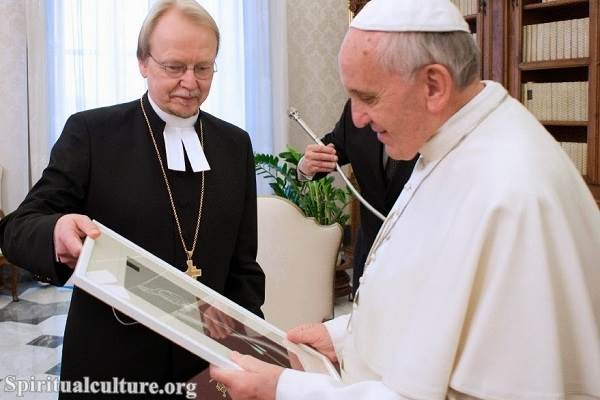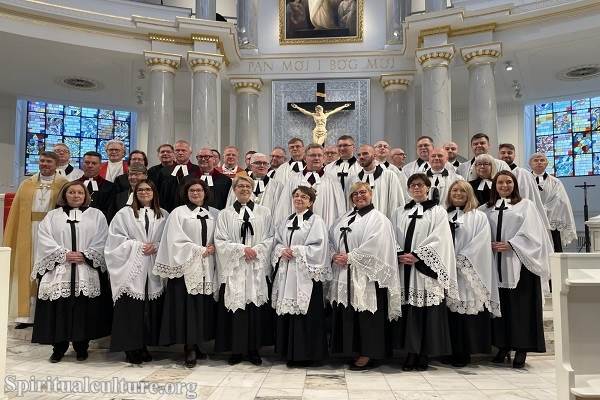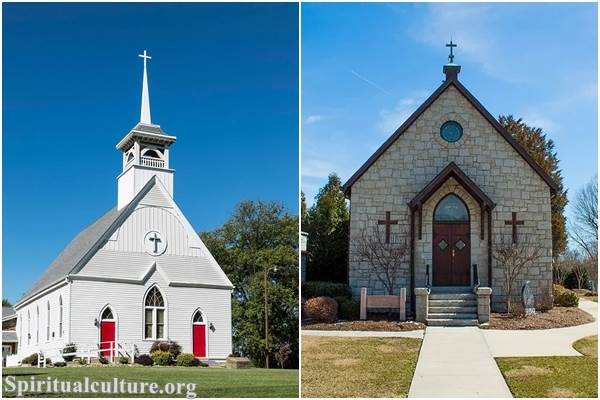Christianity, the world’s largest religion, is divided into several denominations, the two most significant being Protestantism and Catholicism. These two branches represent the majority of the Christian population and have significantly influenced the development of Christianity and its spread worldwide. While Protestantism and Catholicism share a common root in Christianity, they have distinct beliefs, practices, and traditions.

Protestantism vs Catholicism
This article will delve into the characteristics of these two Christian denominations, providing a comprehensive comparative analysis of Protestantism vs. Catholicism.
Protestantism
Protestantism emerged in the 16th century as a reaction to perceived corruption and theological inaccuracies within the Catholic Church. Martin Luther, a German theologian, led the Protestant Reformation, triggering a significant shift in Christian thinking and the establishment of various Protestant churches.
Protestants fundamentally believe in the absolute authority of the Bible. They argue that every Christian has the right to interpret the Bible personally, without the need for a mediating priest or church hierarchy. This principle, known as the “priesthood of all believers,” is a cornerstone of Protestant theology.
Another critical aspect of Protestantism is the doctrine of “sola fide” or “justification by faith alone.” Protestants believe that salvation is through faith in Jesus Christ alone, not through good works. This belief contrasts significantly with Catholic doctrine, which holds that both faith and good works are necessary for salvation.
Protestant worship services tend to focus on the sermon, with a minister or preacher interpreting and explaining the Bible. The sacraments, mainly baptism, and the Lord’s Supper, are also significant but are generally considered symbols rather than means of grace.
Catholicism
Catholicism, the oldest and largest Christian denomination, traces its history back to Jesus Christ and the Apostles. The Catholic Church is a hierarchical institution headed by the Pope, believed to be the successor of Saint Peter, whom Jesus appointed as the leader of his disciples.
Unlike Protestants, Catholics believe in the authority of both the Bible and Church tradition. The Magisterium, the Church’s teaching authority, interprets both the Bible and tradition. Catholics believe that this teaching authority prevents errors in understanding God’s revelation.
Catholicism teaches that faith in Jesus Christ and good works are both necessary for salvation. This belief is based on the concept of grace, which God bestows upon humans to enable them to perform good works and achieve salvation.
The Catholic Church emphasizes the sacraments, considering them essential means of grace. There are seven sacraments in Catholicism: Baptism, Confirmation, Eucharist, Penance, Anointing of the Sick, Holy Orders, and Matrimony. The Eucharist, also known as the Mass, is the center of Catholic worship. Catholics believe in the real presence of Jesus Christ in the Eucharist, a doctrine known as transubstantiation.
Protestantism vs Catholicism: A Comparative Overview
The comparison of Protestantism vs Catholicism reveals both similarities and differences. Both share a belief in the Trinity, the divinity of Jesus Christ and the meaning of the Bible. However, they diverge on issues like the role of tradition, the means of salvation, the nature of the sacraments, and the structure of church authority.
Protestants champion the absolute authority of the Bible, individual interpretation of scripture, and justification by faith alone. Catholicism, on the other hand, upholds the dual authority of the Bible and tradition, the interpretative role of the Magisterium, and the necessity of both faith and good works for salvation.
Despite these differences, Protestantism and Catholicism continue to contribute richly to the tapestry of Christian faith and practice. Their shared commitment to following Christ, albeit through different theological lenses, underlines the unity within the diversity of Christianity. Understanding the distinctions between these two dominant Christian denominations can foster mutual respect and promote ecumenical dialogue, enhancing the overall Christian witness in the world.



